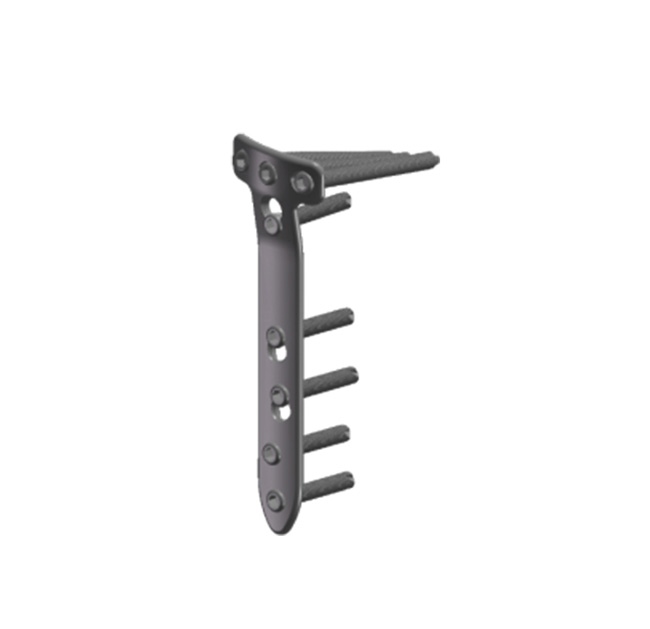How to Protect the Knee Joint?
 Feb. 01, 2021
Feb. 01, 2021
The knee joint is the largest weight-bearing joint in the human body, and long-term wear and tear can cause damage to our knee joints, and many elderly people have varying degrees of knee joint pathology. Orthopedic experts remind you to take care of your knee joint from three aspects: diet, exercise and living.
1.Diet
Control the amount of food you eat. Obesity is the enemy of the knee joint. To protect the knee joint, we must maintain a normal weight to avoid increasing the burden on the knee joint due to obesity. Therefore, a low oil, low fat, low-calorie diet, more fruits and vegetables, and a controlled intake of staple foods are recommended in daily life.
Eat more foods that contain more calcium. Calcium supplementation can effectively protect the knee joint and should be based on dietary supplements, with attention to nutritional balance, more dairy products, soy products, vegetables and seafood such as seaweed, kelp, shrimp and fish, as well as more sun exposure to promote calcium absorption.
2.Exercise
Exercise according to your ability. Many knee injuries are caused by improper exercise. For example, people who seldom exercise suddenly engage in strenuous exercise, which can cause great damage to the knee joint. Therefore, it is important to choose exercises that are suitable for your condition and to do them gradually and in a gradual manner.
Swimming and bicycling protect the knee. U.S. sports medicine experts suggest that alternating fast walking, slow walking, walking forward, walking backwards, and a diverse combination of indoor cycling, swimming, and high leg raising are the best ways to protect the knee, and they cause the least damage to the knee.
Daily leg lifts can protect your knees. When you sit on a chair, one leg is naturally on the ground, the other leg is slowly lifted at a 90 degree right angle to the body for 1 minute in the air, then naturally on the ground, and the other leg is lifted, you can also try this movement at work, which can exercise the quadriceps, keep the knee joint elastic, promote metabolism, and effectively protect the knee joint.

3.Living
Reduce squatting and kneeling. To do less long-term squatting and kneeling action, do not squat to do housework or kneel to wipe the floor, like to play taijiquan elderly, do not force squatting too low, standing and playing high taiji on the good. When standing up and sitting down, pay attention to let the knee joint slightly appropriate repeatedly bend a few times, and then stand up or sit down, is conducive to protecting the knee joint.
Have a pair of knee pads. Wearing a warm knee brace is an easy and effective way for the elderly to protect their knee joints. It is important to note that sports knee pads, which help the legs to exert force, are best worn only when exercising, not during the day so that the knee joint does not become dependent on them and becomes increasingly vulnerable.
Don't wear too thin soles. It is best to wear comfortable, stretchy sports shoes when exercising to reduce knee stress. In daily life, a heel of 2 to 3 cm is appropriate, and the sole should not be too thin, otherwise it will bring adverse effects to the knee.
Coforline Periarticular Locking Plate System
The left/right design of the Knee Arthroplasty prosthesis conforms to the anatomy of the tibial plateau.
Screw orientation meets osteotomy requirements and ensures optimum support of articular surfaces;
The plate's high strength, in combination with the axially and angularly stable LHS, ensures absolute stability of the osteotomy fixation;
Long shaft portion evenly transmits the occurring forces into the tibial shaft;
Pretensioning and toughness of the plate allows compression of the lateral hinge ;
Tapered, rounded tip facilitates plate insertion.
The information is provided by knee arthroplasty prosthesis supplier.













